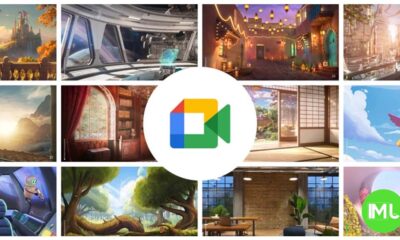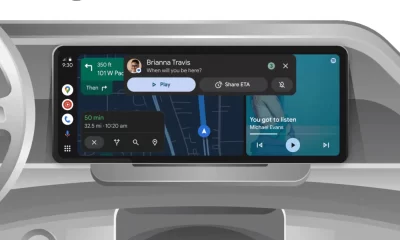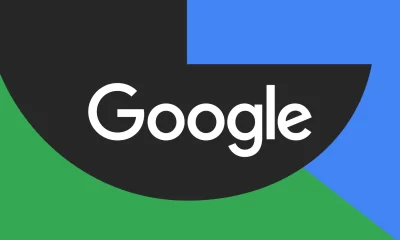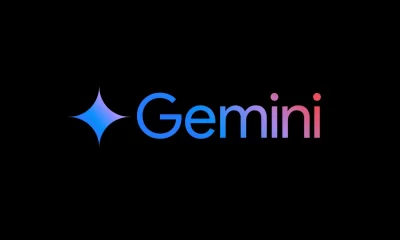Google’s response to duplicate Material You colors in Android: An “Intended” Behavior Explained
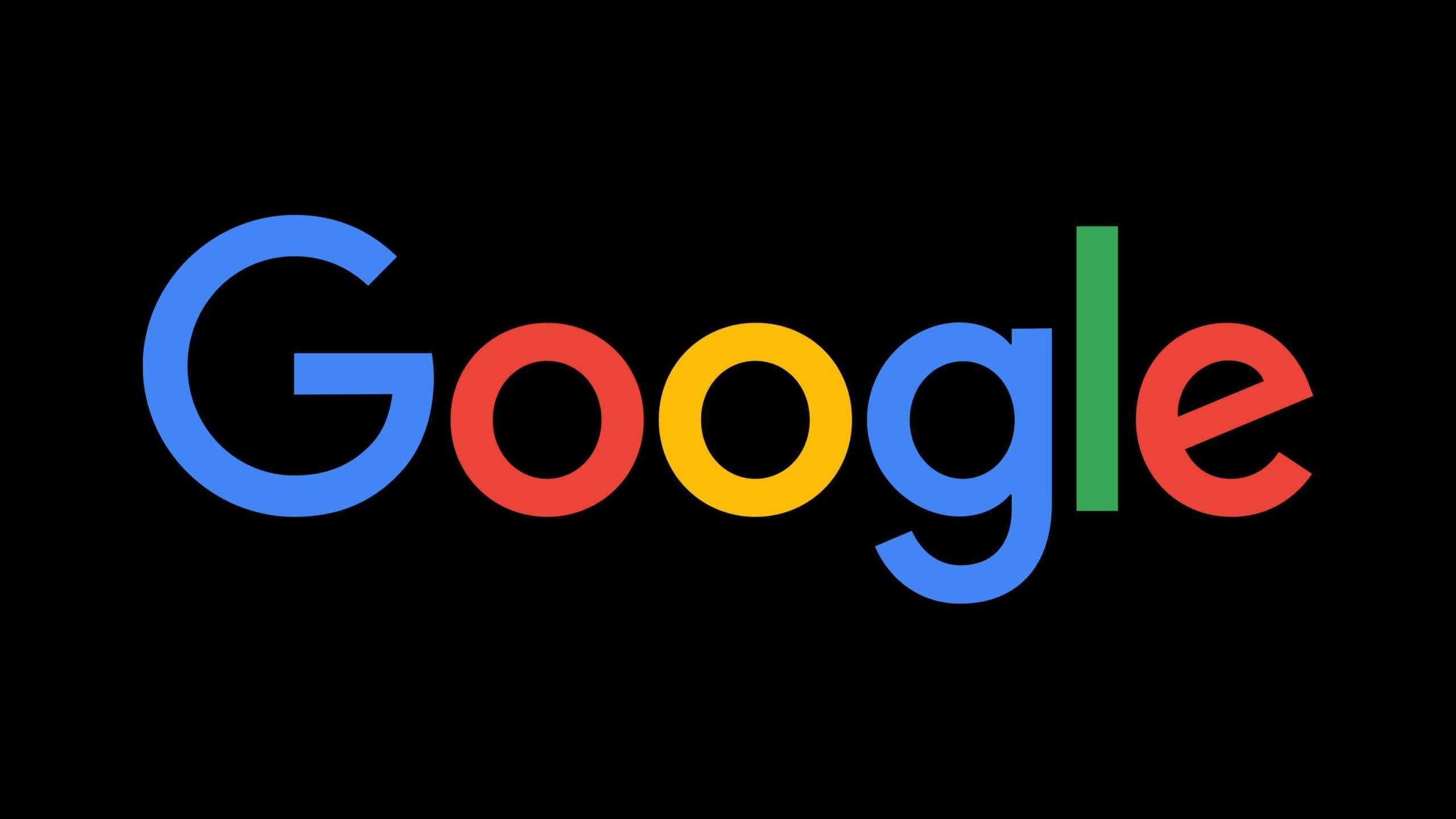
Google’s Material You design system has been at the core of Android’s visual customization, generating dynamic color palettes that adapt to the wallpaper. However, users of Android 15 have noticed an odd issue: the color palettes generated by Material You sometimes include duplicates, which reduces the variety of options available for personalizing their devices. Despite user feedback, Google has confirmed that this behavior is “working as intended.”
The Evolution of Material You in Android
Material You was introduced to provide a more personalized and dynamic user experience by generating color palettes from the wallpaper. These colors are applied throughout the Android interface, giving users a cohesive and visually appealing experience. Typically, the system generates a dozen or more distinct color options for users to choose from, allowing for broad customization.
However, users began reporting duplicated color palettes in the Android 15 beta releases, which continued even in the final version. Instead of a full set of unique colors, users were seeing multiple identical options. While this behavior was not widely noticed in earlier versions, some users claim that Android 14 did not exhibit the same issue.
Investigating the Duplicate Color Issue
Some reports, such as those from Android Authority, suggest that this issue is unique to Android 15. Yet, on closer examination, users have also observed duplicated color palettes on devices running Android 14, particularly in later builds. This shows that the issue likely started before Android 15 and may not be limited to the latest version.
What’s unusual is that this behavior does not align with previous Android releases like Android 13, where the system generated distinct color options. It seems that the duplication problem is a relatively recent development, raising questions about what might have changed in Android 14 and Android 15 to cause this.
Google’s Response: “Won’t Fix (Intended Behavior)”
When users raised this issue on Google’s Issue Tracker, the company responded by marking the issue as “won’t fix (intended behavior)” in September 2023. Google acknowledged the feedback but stated that the duplication of color palettes is, in fact, how the system is designed to function.
While this explanation has left many users puzzled, it seems that Google believes the system is operating correctly despite the reduction in palette variety.
Possible Reasons for the Duplication
Although Google hasn’t provided a detailed explanation for this decision, one theory is that the system is programmed to display a certain number of color options—typically around 12. If the system doesn’t generate enough unique palettes based on the wallpaper, it may duplicate existing ones to fill the list. While this isn’t an ideal user experience, it would explain why users are seeing duplicated colors instead of more distinct options.
The decision to leave this behavior unchanged has disappointed some users who expect more from Android’s customization options. The lack of variety in the generated palettes could limit the personalization that Material You was designed to enhance.
Will Google Address This in Future Updates?
While Google has marked this issue as resolved for now, there’s still hope that it might be reconsidered in future Android updates. Android 15 is still in its early stages, and updates could potentially address the duplicate palette issue if enough feedback from users and developers is received.
For now, however, users experiencing duplicated color palettes will need to work within the current system or explore third-party customization options.
Conclusion
The duplication of Material You color palettes in Android 15 may seem like an odd quirk, but according to Google, it is intentional. While this reduces the variety of color options for users, it appears to be a deliberate choice, at least for now. As Android evolves, there is always the possibility that Google will revisit this design decision, but for the time being, users may need to adjust their expectations for how much customization they can achieve through Material You.
By addressing the concerns of both users and the tech community, this article provides a clearer understanding of why Google has taken this approach, while also leaving room for potential improvements in future Android releases.
Google Meet gets a fresh new look with Material 3 design
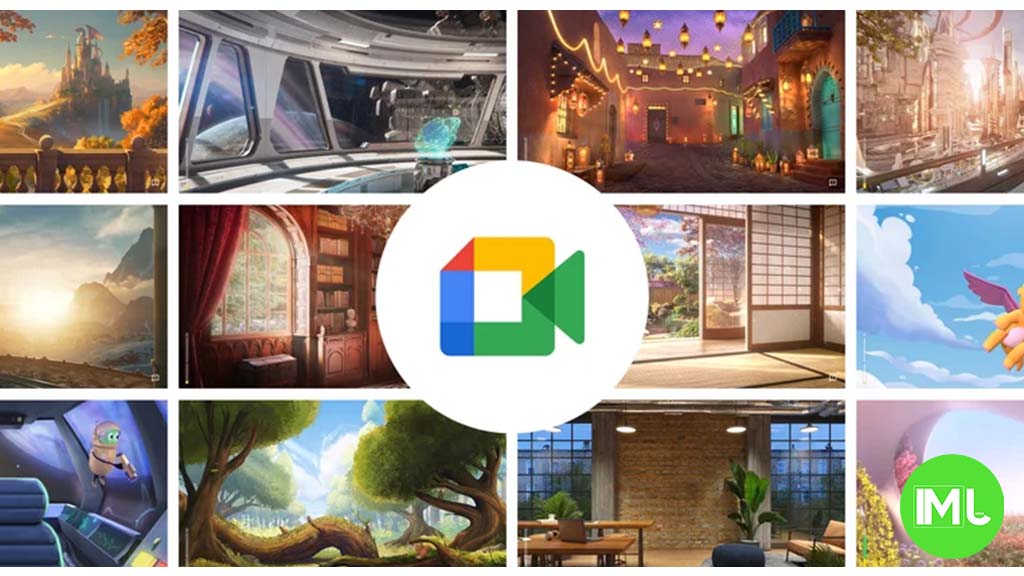
Google Meet is getting a big update to its look, thanks to the new Material 3 design. This change brings a cleaner and more modern style to the video calling app, making it easier and more enjoyable to use.
With Material 3, Google Meet now has rounder buttons, softer colors, and better spacing between elements. The main controls, like the microphone, camera, and end call buttons, are now larger and easier to tap. The icons and text are also clearer, which helps users find what they need quickly during a call.
Another improvement is the new “expressive” color system. This feature lets the app’s colors match your device’s wallpaper or theme, giving each user a unique and personalized experience. The changes also make Google Meet more accessible, as the new design is easier to read and use for everyone, including people with vision difficulties.
These updates are rolling out to both web and mobile versions of Google Meet. Google says the new look will help people feel more comfortable and focused during their meetings. Overall, the Material 3 update makes Google Meet not only look better but also work better for all its users.
Android
Easy ways to change Android Auto’s look with light and dark themes
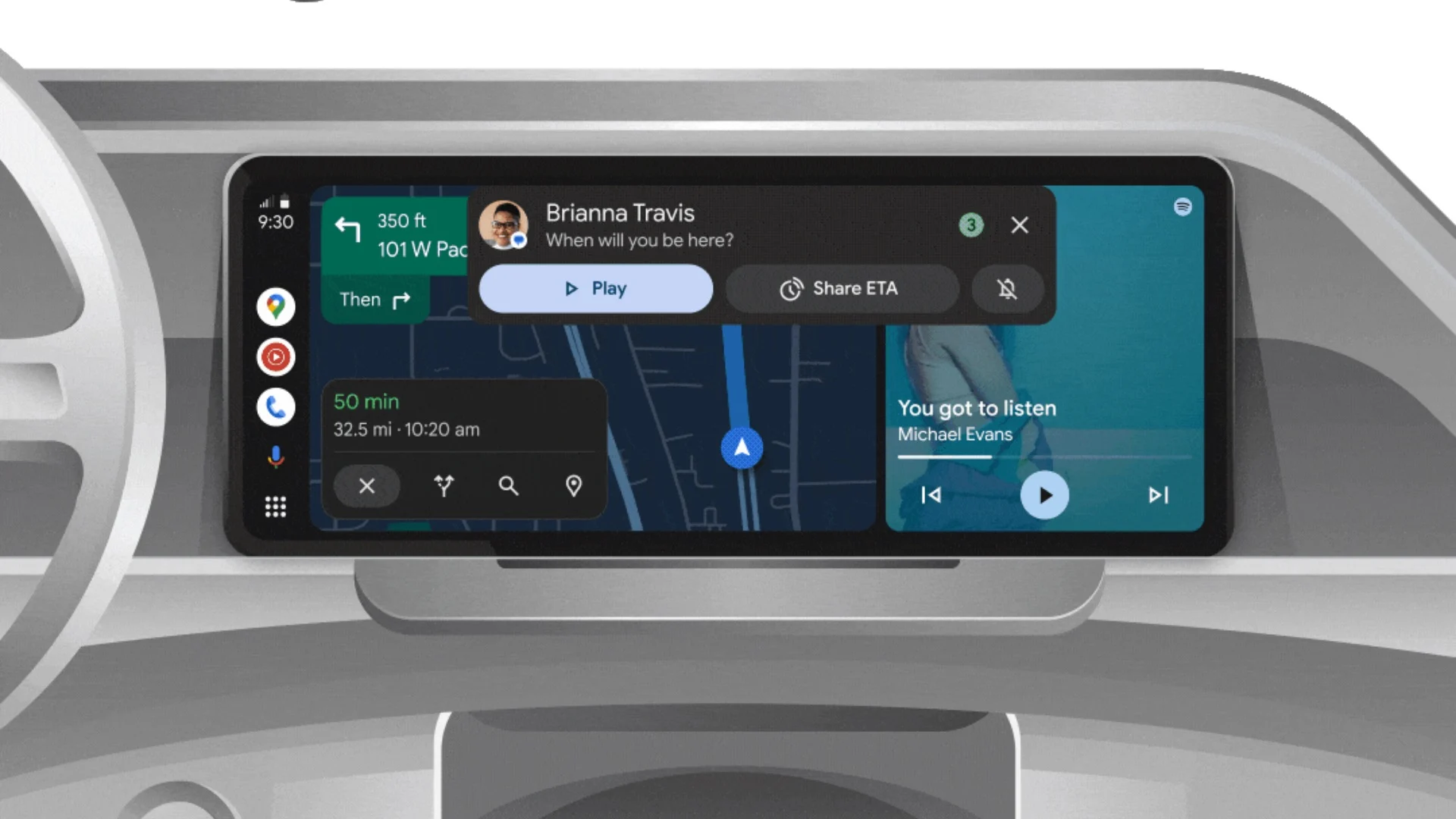
Android Auto is a helpful tool that lets you use your phone’s apps safely while driving. It connects your phone to your car’s screen, making it easier to use maps, music, and calls. One of the features many people like is the ability to change how Android Auto looks by switching between light and dark themes.
How to switch between light and dark themes
Android Auto offers two main themes: light and dark. The light theme uses brighter colors, which can make the screen easier to see during the day. The dark theme uses darker colors, which can be more comfortable for your eyes at night or in low light.
To change the theme, follow these steps:
- Open the Android Auto app on your phone.
- Go to the settings menu.
- Find the “Theme” option.
- Choose between “Light,” “Dark,” or “Set by car” (this lets your car decide the theme based on the time of day or your car’s settings).
Why themes matter
Using the right theme can make driving safer and more comfortable. The light theme is good for bright days, while the dark theme helps reduce glare at night. Having these options means you can pick what works best for you, making Android Auto easier to use in any condition.
In short, Android Auto’s theme options are simple to use and help you drive more safely by making the screen easy to see, no matter the time of day.
Google Drive and Files by Google get fresh updates for easier use
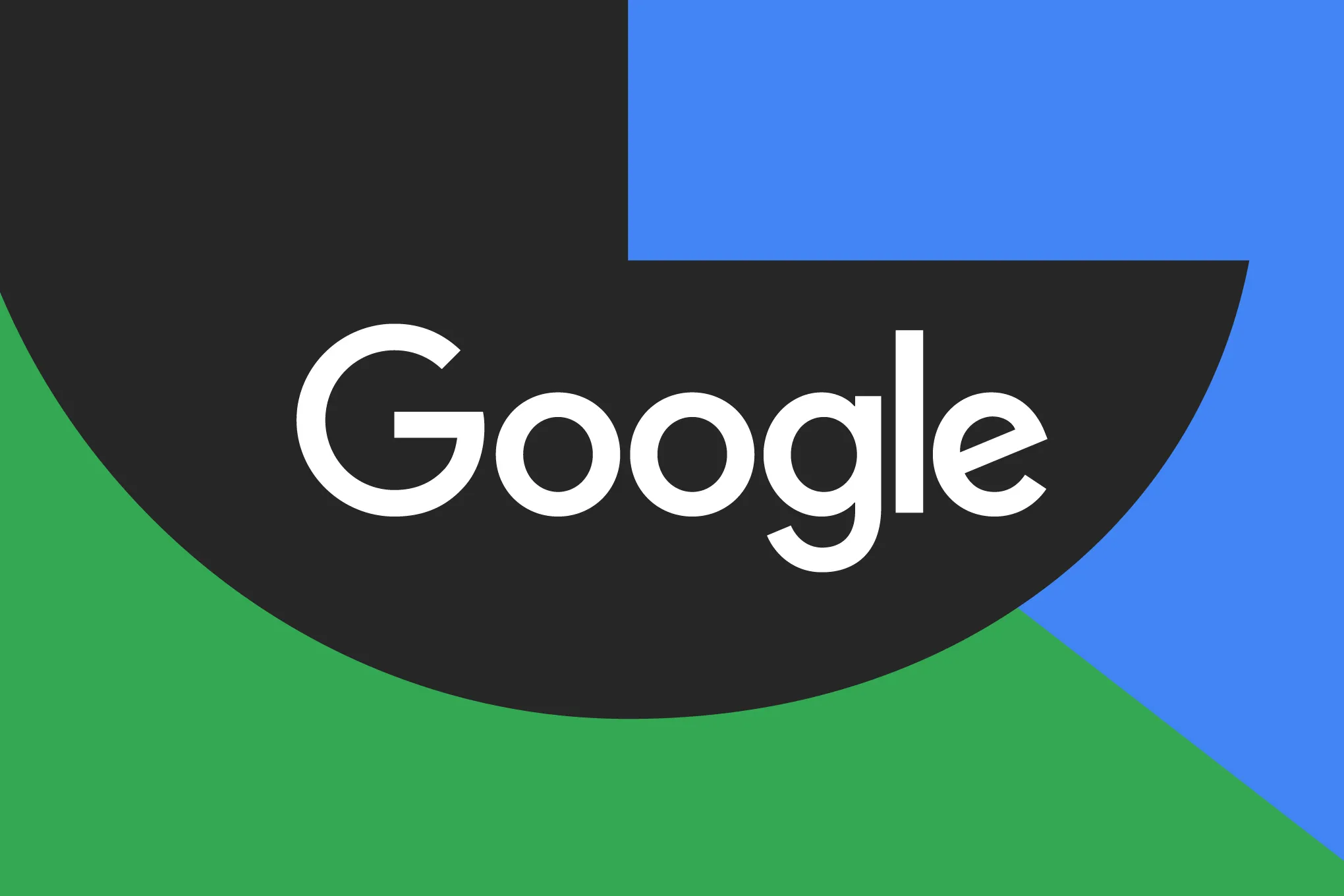
Google is rolling out some helpful updates to two of its popular apps: Google Drive and Files by Google. These changes are designed to make managing your files and watching videos much smoother.
First, Google Drive is getting a new video player. Now, when you upload a video to Drive and open it, you’ll notice a fresh look that matches Google’s latest design style. The controls, like play and pause, are easier to use and look cleaner. This update makes it simpler to watch videos directly in Drive without needing to download them first.
Meanwhile, the Files by Google app is also getting a makeover. The app is adopting Google’s Material 3 design, which means it looks brighter and more modern. The buttons and menus are easier to see and use, making it simpler to find, move, and organize your files. There are also new color options and improved icons, so everything feels more user-friendly.
Both updates show Google’s commitment to making its apps more helpful and enjoyable to use. Whether you’re watching videos in Drive or sorting files on your phone, these changes aim to save you time and make things less complicated. If you use these apps, keep an eye out for these new features—they should arrive soon!
-
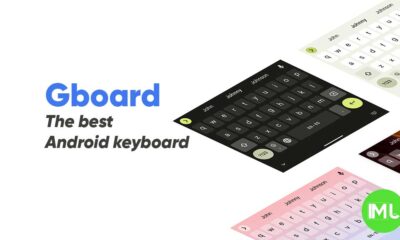
 Apps1 year ago
Apps1 year agoGboard Proofread feature will support selected text
-
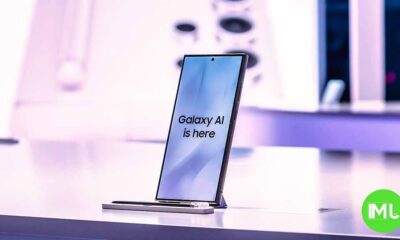
 News1 year ago
News1 year agoSamsung USA crafting One UI 6.1.1
-

 Apps1 year ago
Apps1 year agoGoogle Contacts app testing new Besties Widget
-
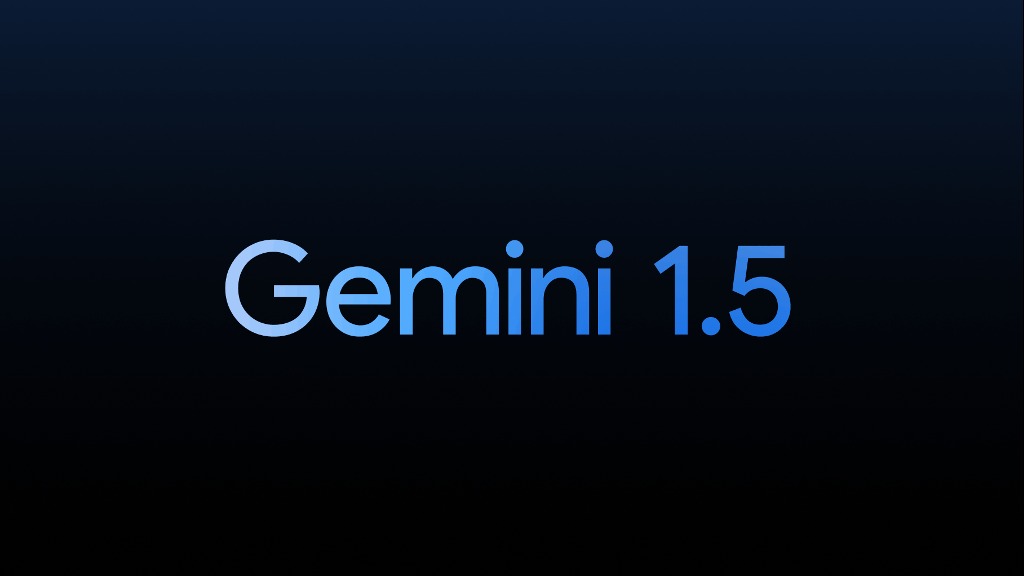
 AI12 months ago
AI12 months agoGoogle Pixel 9 Pro may come with a complimentary one-year Gemini Advanced subscription
-
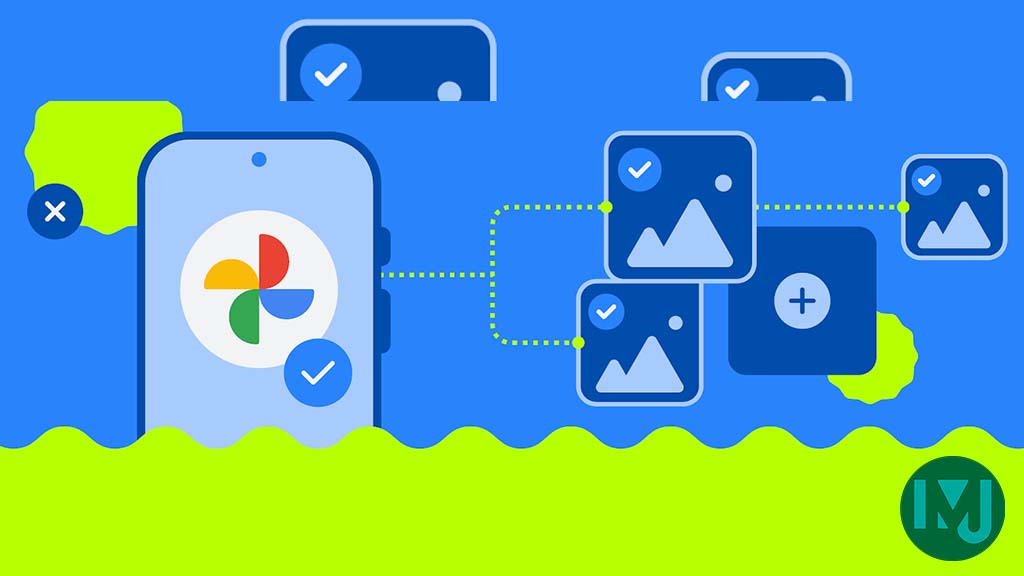
 Apps12 months ago
Apps12 months agoGoogle working on a new video editing feature for its Photo app
-
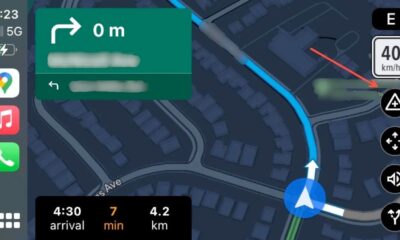
 Apps12 months ago
Apps12 months agoGoogle Maps lets you report traffic jams and accidents on Apple CarPlay, but not on Android Auto
-
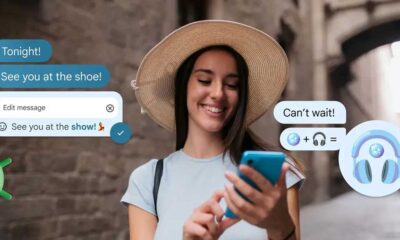
 Apps1 year ago
Apps1 year agoGoogle Messages app will transform MMS chats into RCS
-

 News1 year ago
News1 year agoBreaking: Samsung Galaxy S22 may get Galaxy AI features

